Abstract
Objectives
We report a case of hydrocephalus as a complication of durotomy during cervical laminoplasty.
Materials and Methods
A 72-year-old man had an incidental durotomy during cervical laminoplasty. The dural leak was repaired by secondary surgery. However, the patient continued to complain of headaches and developed confusion and drowsiness. A computed tomographic scan of the brain showed hydrocephalus. After insertion of a lumbar drain, the patient experienced a temporary improvement in the neurologic symptoms. After 6 months, the neurologic symptoms recurred and a ventriculoperitoneal (VP) shunt was placed.
Go to : 
REFERENCES
1. Wada E, Yonenobu K. Treatment of cervical myelopathy: Laminoplasty. Benzel EC, editor. eds.The cervical spine 5ed. New York: Lippincott Williams & Wilkins;2012. 980-94.
2. Mirone G, Cinalli G, Spennato P, et al. Hydrocephalus and spinal cord tumors: a review. Childs Nerv Syst. 2011 Oct; 27(10):1741–9. DOI: 10.1007/s00381-011-1543-5.

3. Joseph G, Johnston RA, Fraser MH, et al. Delayed hydrocephalus as an unusual complication of a stab injury to the spine. Spinal Cord. 2005 Jan; 43(1):56–8. DOI: 10.1038/sj.sc.3101655.

4. Matsuda R, Goda K, Nakase H, et al. Case of hydrocephalus after cervical laminoplasty for cervical ossification of the posterior longitudinal ligament. Brain Nerve. 2009 Jan; 61(1):89–92.
5. Matsushima K, Hashimoto R, Gondo M, et al. Perifascial Areolar Tissue Graft for Spinal Dural Repair with Cerebrospinal Fluid Leakage: Case Report of Novel Graft Material, Radiological Assessment Technique, and Rare Postoperative Hydrocephalus. World Neurosurgery. 2016 Nov; 95:619. DOI: 10.1016/j.wneu.2016.08.025.

6. Maezawa Y, Baba H, Annen S, et al. Development of hydrocephalus after cervical laminoplasty for ossification of the posterior longitudinal ligament: case report. Spinal Cord. 1996 Nov; 34(11):699–702. DOI: DOI:10.1038/sc.1996.127.

7. Cavanilles-Walker JM, Tomasi SO, et al. Remote cerebellar haemorrhage after lumbar spine surgery: case report. Arch Orthop Trauma Surg. 2013 Dec; 133(12):1645–8. DOI: 10.1007/s00402-013-1867-6.

8. Endriga DT, Dimar JR 2nd, Carreon LY. Communicating hydrocephalus, a long-term complication of dural tear during lumbar spine surgery. Eur Spine J. 2016 May; 25(1 Suppl):157–61. DOI: 10.1007/s00586-015-4308-0.

9. Koerts G, Rooijakkers H, Abu-Serieh B, et al. Postoperative spinal adhesive arachnoiditis presenting with hydrocephalus and cauda equine syndrome. Clin Neurol Neurosurg. 2008 Feb; 110(2):171–5. DOI: 10.1016/j.clineuro.2007.09.004.
10. Zeidman SM. Cervical cerebrospinal fluid leakage, durotomy, and pseudomeningocele. Benzel EC, editor. eds.The cervical spine 5ed. New York: Lippincott Williams & Wilkins;2012. 1294-300.
Go to : 
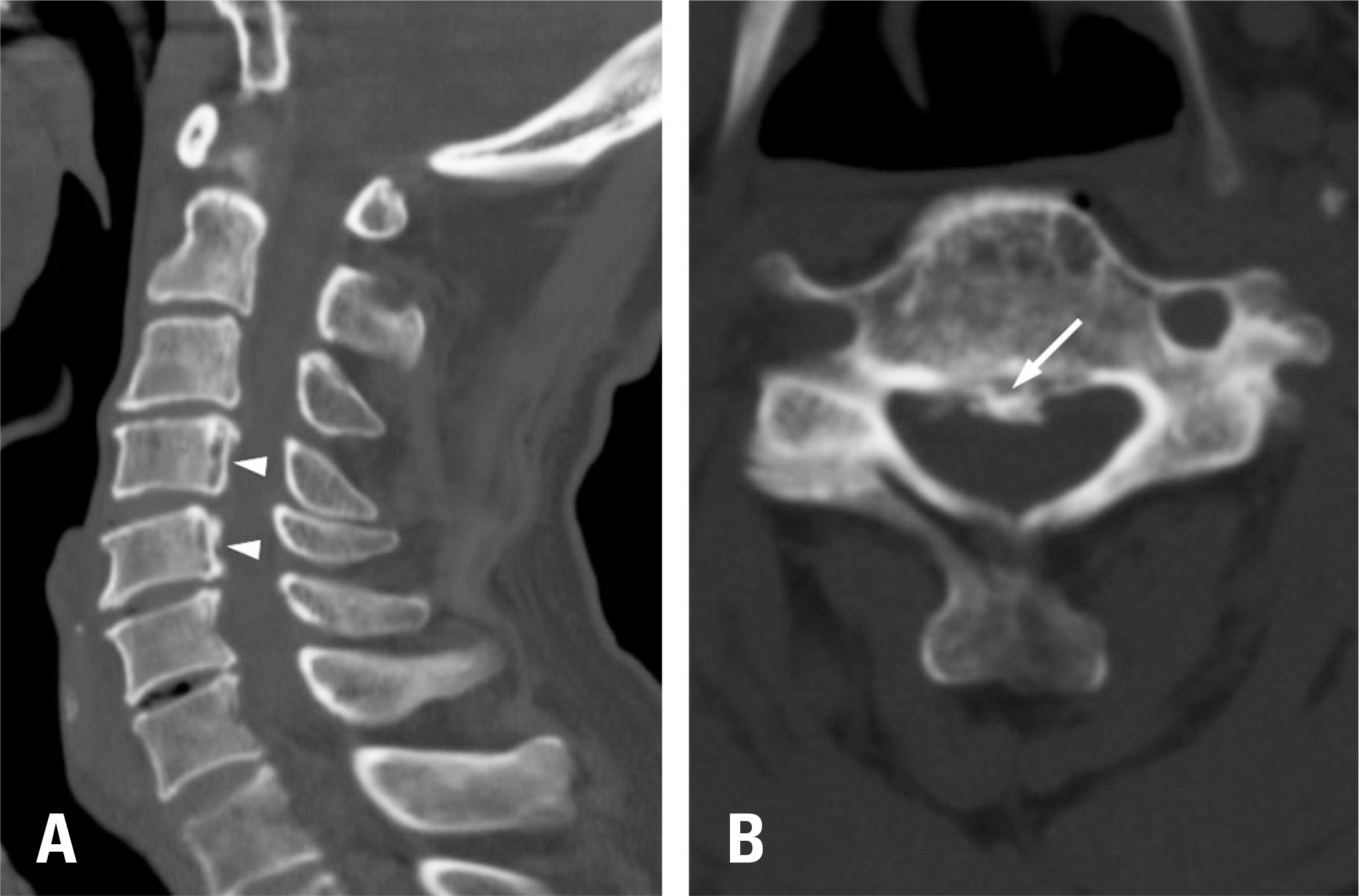 | Fig. 1.Preoperative computed tomographic (CT) scan of the cervical spine. (A) A sagittal CT scan shows segmental ossification of the posterior longitudinal ligament (OPLL, arrowheads) spanning from C4 to C5. (B) An axial CT scan at C4 shows encroachment of the spinal canal by the OPLL mass (arrow). |
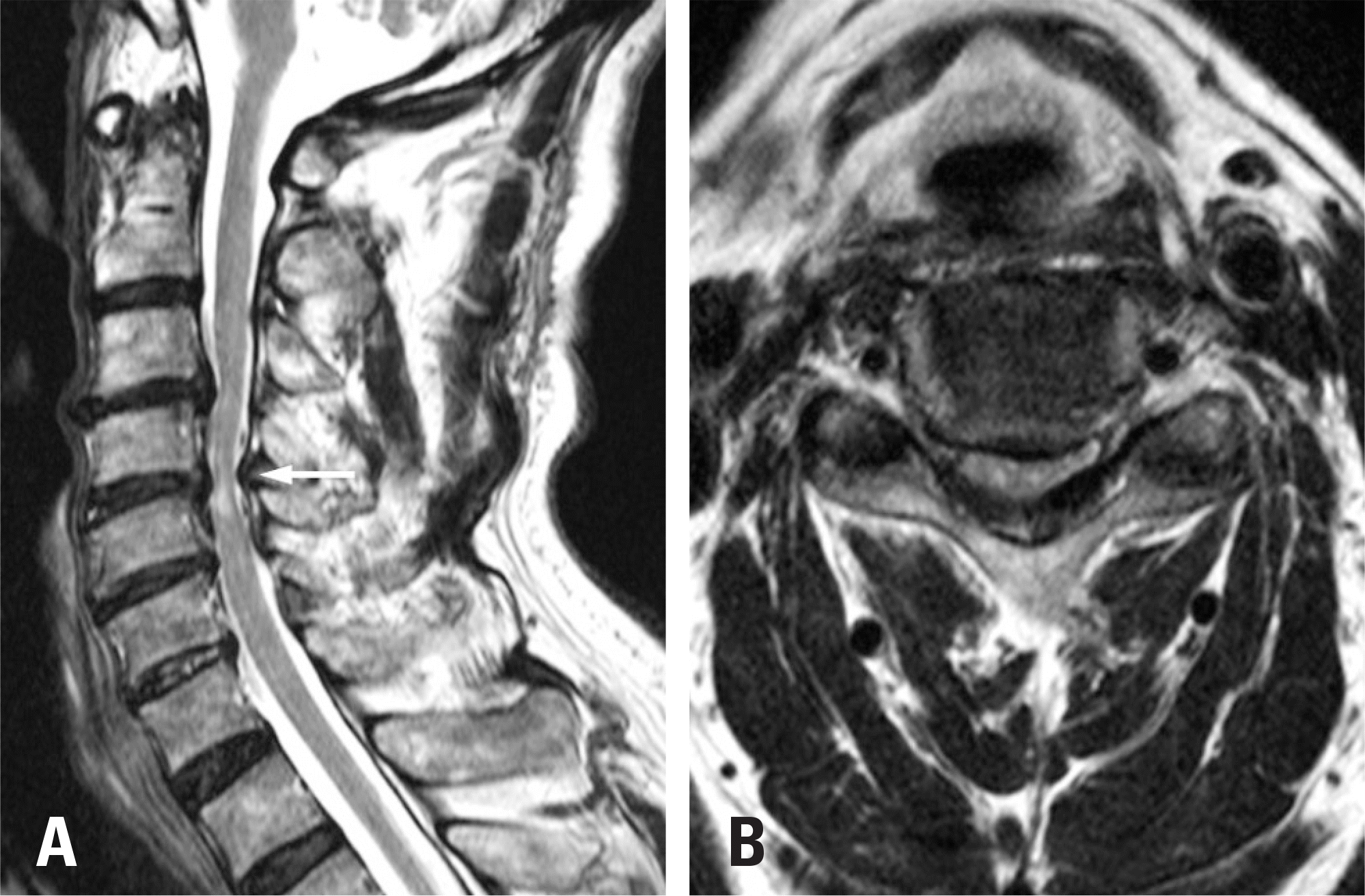 | Fig. 2.Preoperative T2-weighted magnetic resonance imaging (MRI) scan of the cervical spine. (A) A sagittal MRI scan shows increased cord signal intensity (arrow) at C4-C5. (B) An axial MRI scan shows central canal stenosis at C4-C5. |




 PDF
PDF ePub
ePub Citation
Citation Print
Print


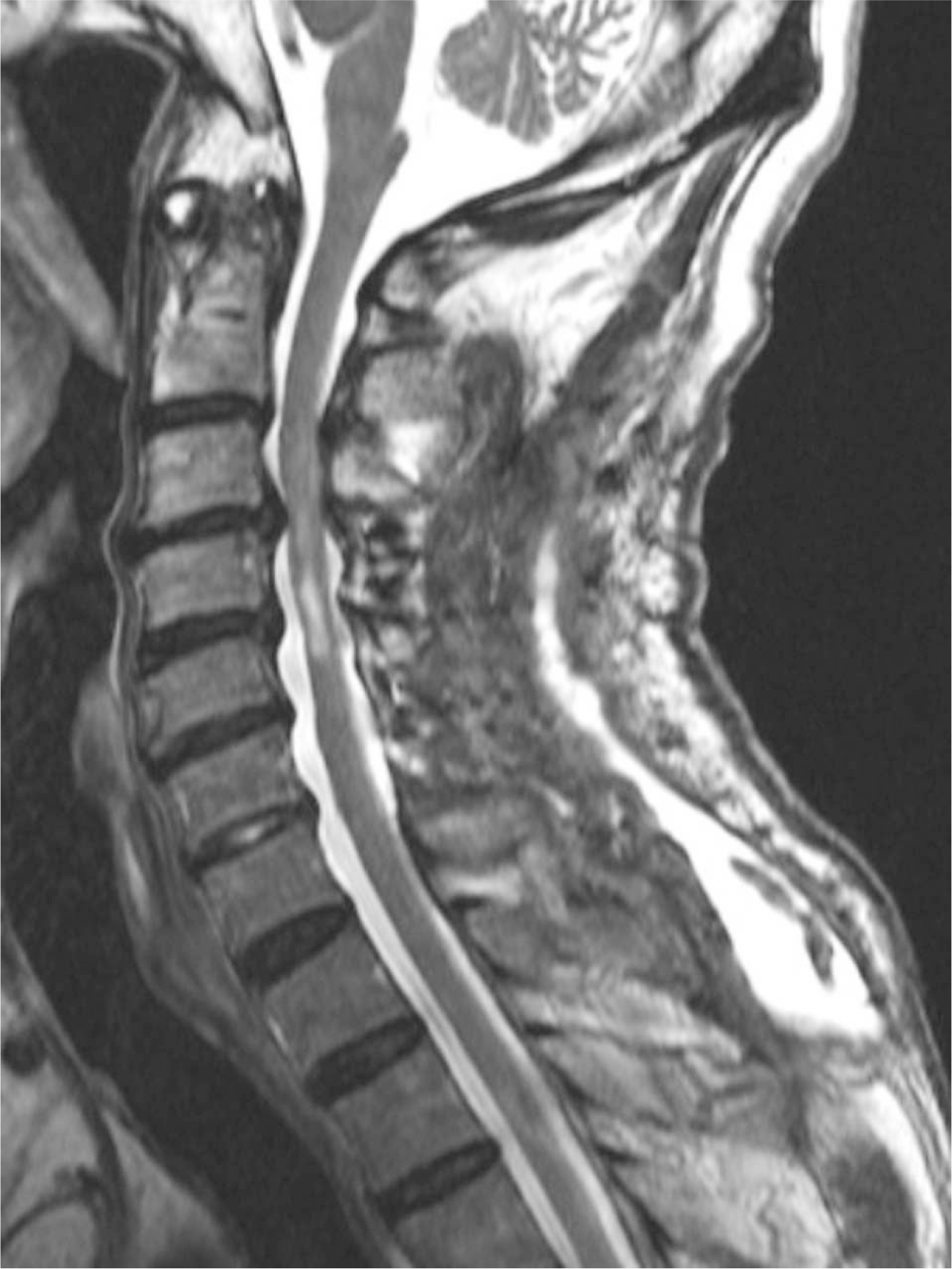
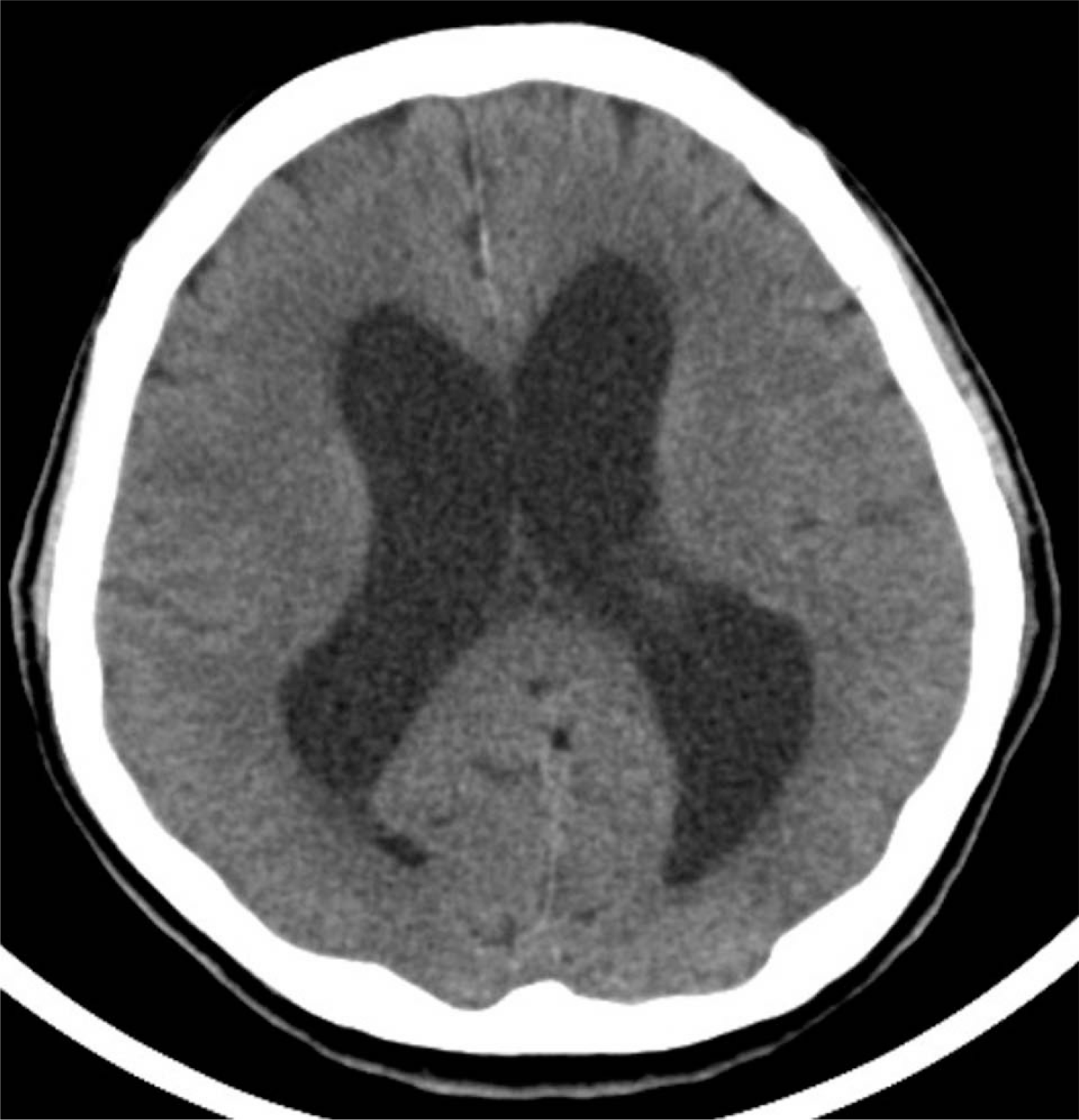
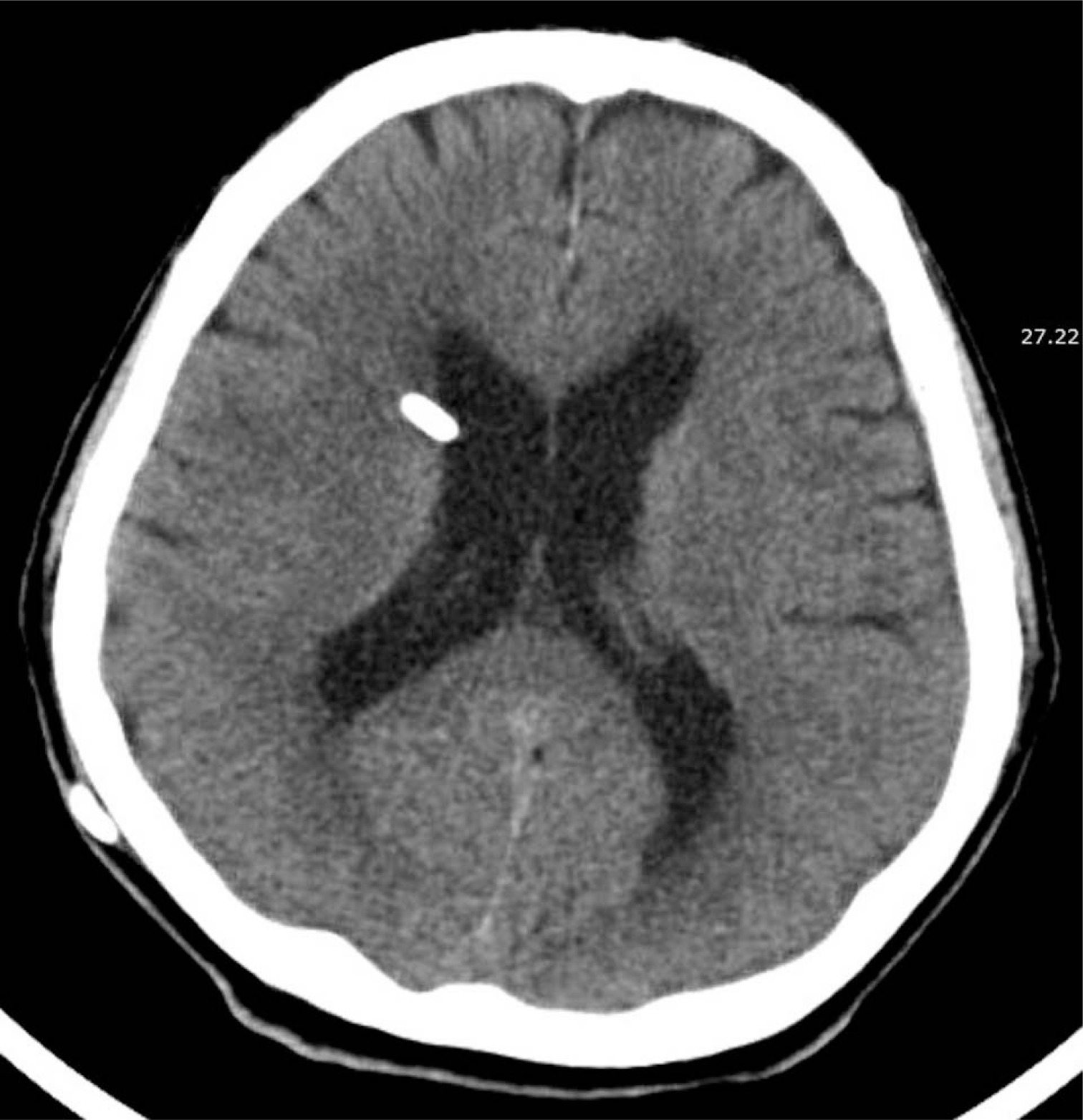
 XML Download
XML Download